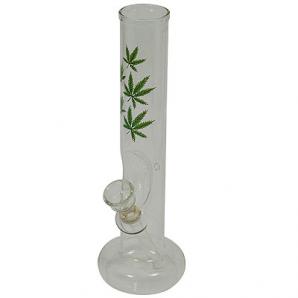 Ever since the Marijuana Tax Act of 1937, which is linked historically to the cult-exploitation film Reefer Madness, marijuana has been the top underground recreational drug. Long before the government ever got involved, though, people the world over had already decided that the best way to enjoy cannabis was to smoke it through a water-pipe, or bong, as it is most frequently called. The word “bong” is a derivative of a Thai word “baung”, a cultural item that came back home with soldiers from the Vietnam War. Bongs came into prominence as an American icon sometime in the early 1970s among those steeped in cannabis culture.
Ever since the Marijuana Tax Act of 1937, which is linked historically to the cult-exploitation film Reefer Madness, marijuana has been the top underground recreational drug. Long before the government ever got involved, though, people the world over had already decided that the best way to enjoy cannabis was to smoke it through a water-pipe, or bong, as it is most frequently called. The word “bong” is a derivative of a Thai word “baung”, a cultural item that came back home with soldiers from the Vietnam War. Bongs came into prominence as an American icon sometime in the early 1970s among those steeped in cannabis culture.
Cultural Crossover
In Thailand, a baung was a bamboo tube or cylinder with a water-filled basin, through which the smoke was passed. Today’s bongs are mostly made of glass, ceramic or plastic, and are sold in “head shops” all across the nation. The filtering of smoke through water give the smoker a more powerful hit, as the smoke gathers in a chamber until a carburetor (a hole in the side of the bong) is released and all the smoke flows through the tube at once. The use of a water pipe is also believed to reduce carcinogens from the smoke.
Utilitarian Device
Marijuana is hardly the only thing that can be smoked through a bong, obviously, since the stores have to sell them as “tobacco pipes”. Hashish or opium can also be burned and inhaled through a water pipe, but by and large, bongs are associated most commonly with marijuana use. As they have gained popularity, bongs are becoming expensive works of art, with skilled glass blowers incorporating vibrant colors and heavy metals into their work.
For pot smokers, a bong can develop sentimental value, causing a significant amount of heartbreak when they eventually get broken, the same as any vase, carafe, chalice or lamp – perhaps even more so, for some.
